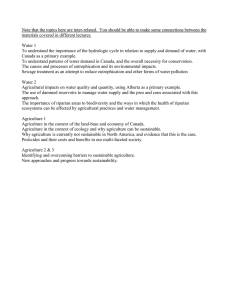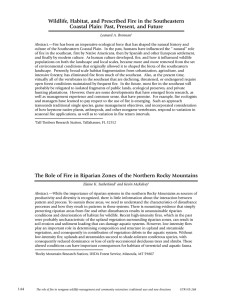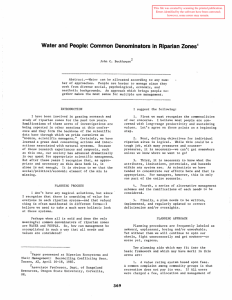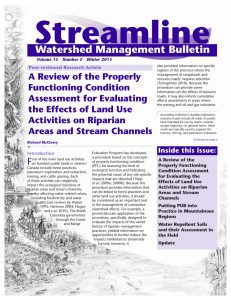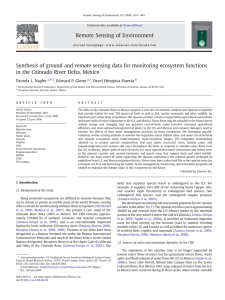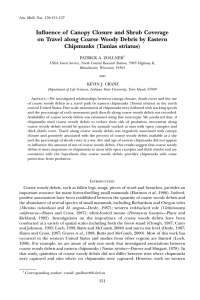Proper Functioning Condition Standard Checklist
advertisement
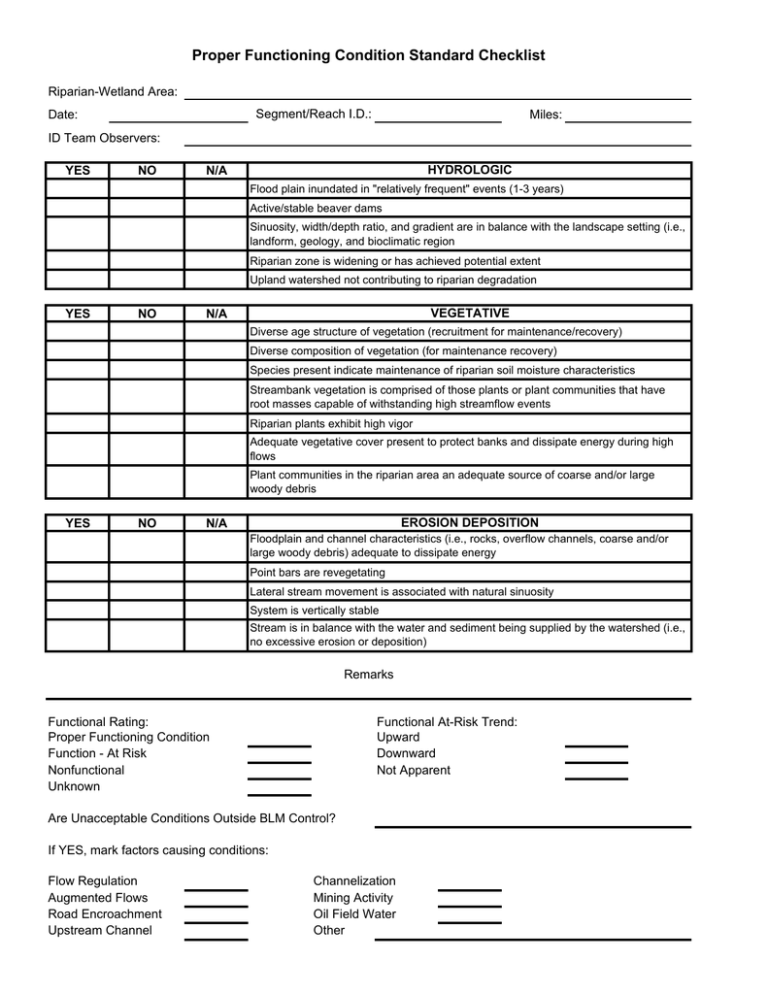
Proper Functioning Condition Standard Checklist Riparian-Wetland Area: Segment/Reach I.D.: Date: Miles: ID Team Observers: YES NO HYDROLOGIC N/A Flood plain inundated in "relatively frequent" events (1-3 years) Active/stable beaver dams Sinuosity, width/depth ratio, and gradient are in balance with the landscape setting (i.e., landform, geology, and bioclimatic region Riparian zone is widening or has achieved potential extent Upland watershed not contributing to riparian degradation YES NO VEGETATIVE N/A Diverse age structure of vegetation (recruitment for maintenance/recovery) Diverse composition of vegetation (for maintenance recovery) Species present indicate maintenance of riparian soil moisture characteristics Streambank vegetation is comprised of those plants or plant communities that have root masses capable of withstanding high streamflow events Riparian plants exhibit high vigor Adequate vegetative cover present to protect banks and dissipate energy during high flows Plant communities in the riparian area an adequate source of coarse and/or large woody debris YES NO EROSION DEPOSITION N/A Floodplain and channel characteristics (i.e., rocks, overflow channels, coarse and/or large woody debris) adequate to dissipate energy Point bars are revegetating Lateral stream movement is associated with natural sinuosity System is vertically stable Stream is in balance with the water and sediment being supplied by the watershed (i.e., no excessive erosion or deposition) Remarks Functional Rating: Proper Functioning Condition Function - At Risk Nonfunctional Unknown Functional At-Risk Trend: Upward Downward Not Apparent Are Unacceptable Conditions Outside BLM Control? If YES, mark factors causing conditions: Flow Regulation Augmented Flows Road Encroachment Upstream Channel Channelization Mining Activity Oil Field Water Other



